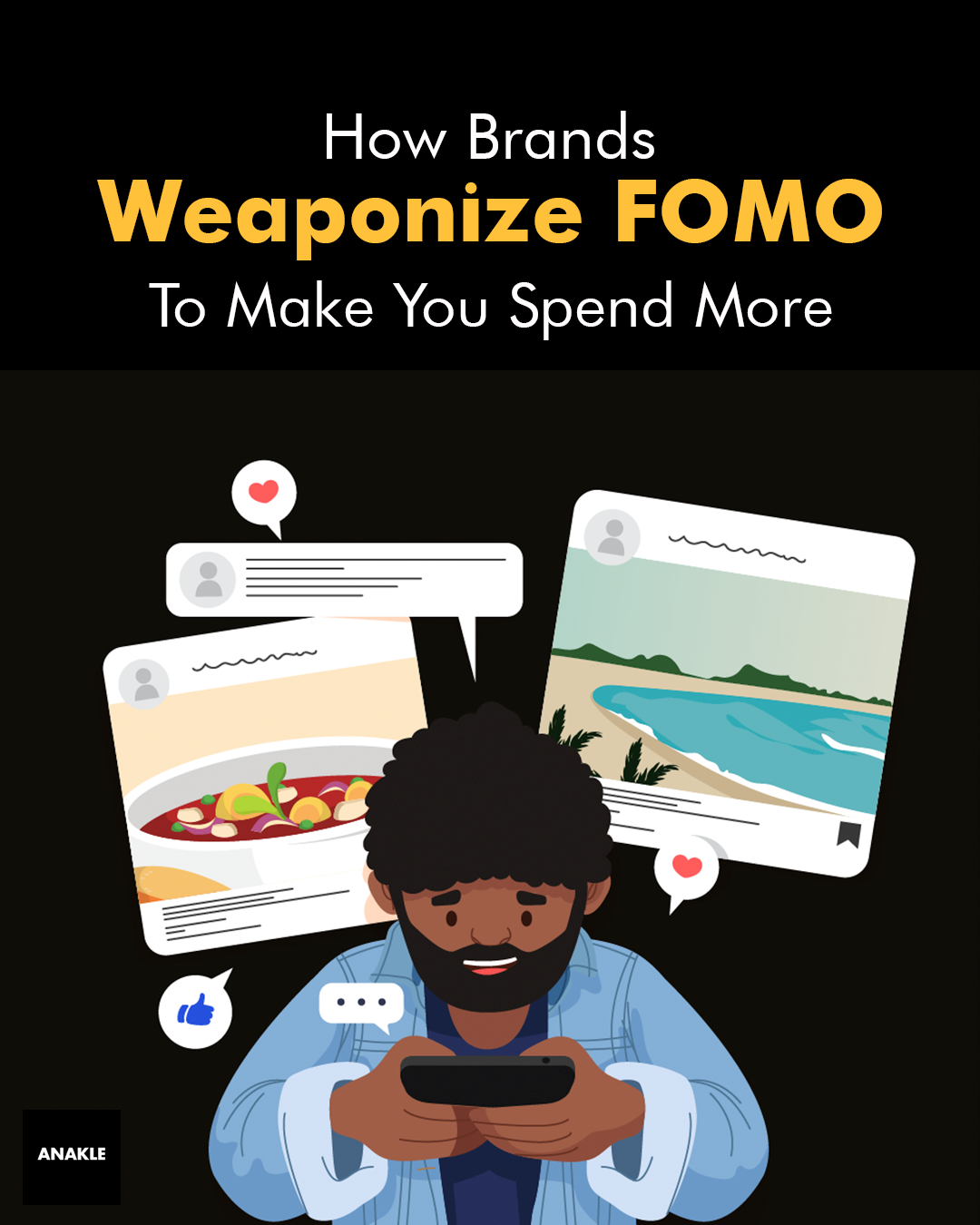Have you ever wondered why your brain just starts shouting, ‘Omo, I must buy now!’ the moment you hear ‘it’s selling out fast’?
Have you ever noticed how a simple “limited edition” tag makes a product ten times more desirable?
That’s FOMO Marketing in action. The Fear Of Missing Out – FOMO marketing technique refers to the art of using scarcity and exclusivity to create demand and drive sales. It’s a strategy that plays on our emotions, making us feel like if we don’t act quickly, we’ll regret it later.
In a world where consumers are constantly bombarded with choices, brands need to stand out. And what better way to do that than by making you feel like you might miss out on something amazing? Let’s break down exactly how brands use FOMO to spark urgency, hype, and conversion.
-
Scarcity Creates Demand
Humans are wired to want what they think they can’t have. When something is perceived as rare or exclusive, it automatically becomes more valuable in our minds. Brands use this psychological trigger by limiting stock, offering flash sales, or introducing exclusive drops.
Example: Ever tried buying sneakers from Nike’s SNKRS app? Most releases sell out in minutes, turning every drop into a high-stakes event. The mere fact that not everyone can get them makes them more desirable.
-
The Power of the Countdown Timer
There’s nothing like a ticking clock to make people act fast. Whether it’s a limited-time offer or a countdown to a product launch, brands use timers to create urgency. The idea is simple: if you don’t act now, you might lose the opportunity forever.
Example: Booking platforms like Expedia and Airbnb show how many rooms or properties are left at a certain price, pushing you to make a quick decision before someone else books it.
-
Social Proof and the Bandwagon Effect
Ever heard the phrase “everyone is talking about it”? When we see others buying or engaging with something, we naturally want in on the action. Brands leverage this through reviews, influencer endorsements, and live sales updates to make you feel like you’re missing out if you don’t jump in.
Example: Apple’s product launches create massive lines outside stores, reinforcing the idea that their devices are worth the hype. Same for StreetSouk every December. Seeing those queues and constant social media buzz makes you feel like you need to be part of the movement.
-
“Limited Edition” and Exclusivity
The more exclusive a product, the more people want it. Luxury brands and high-end retailers have mastered this game by releasing limited-edition products or making certain items available only to VIP customers.
Example: Nike released a limited-edition Super Eagles World Cup jersey in 2018, which sold out within minutes, making it a highly sought-after item.
-
Early Access and VIP Perks
Giving customers early access or exclusive perks makes them feel valued and part of an elite group. This builds brand loyalty and keeps them coming back for more.
Example: Amazon Prime members get exclusive access to Lightning Deals before non-members. This not only encourages sign-ups but also ensures members feel special.
-
Influencer Hype and Limited Drops
Influencers play a huge role in FOMO marketing. When a celebrity or influencer showcases a product as “a must-have,” demand skyrockets. Brands capitalize on this by offering influencer collaborations in limited quantities.
Example: BBNaija star Liquorose partnered with Kuda Bank for a limited-edition merchandise drop, which included exclusive fashion pieces. The hype around her involvement made the items sell out quickly. Another example is Kylie Cosmetics’ makeup drops selling out within minutes, thanks to a combination of Kylie Jenner’s influencing power, limited stock, and social media buzz.
-
Live Shopping and Real-Time FOMO
Live shopping events tap into our need for instant gratification. Seeing products sell out in real time creates an adrenaline rush, making people buy before they even have time to think.
Example: TikTok Shop and Instagram Live Shopping let brands showcase products in real-time, often with limited stock, encouraging immediate purchases.
Conclusion
FOMO marketing is everywhere—from the way airlines send out push notifications saying “only 2 seats left at this price” to how fashion brands launch exclusive collections. The strategy works because it taps into basic human psychology: the fear of missing out on something valuable.
As consumers, being aware of these tactics helps us make more intentional purchasing decisions. As marketers, using FOMO ethically can boost engagement, increase conversions, and create loyal customers who don’t just buy your product but feel excited to be part of something exclusive.
Next time you see “Hurry! Only a few left,” take a step back and ask yourself—do I really need this, or am I just caught up in the hype?

